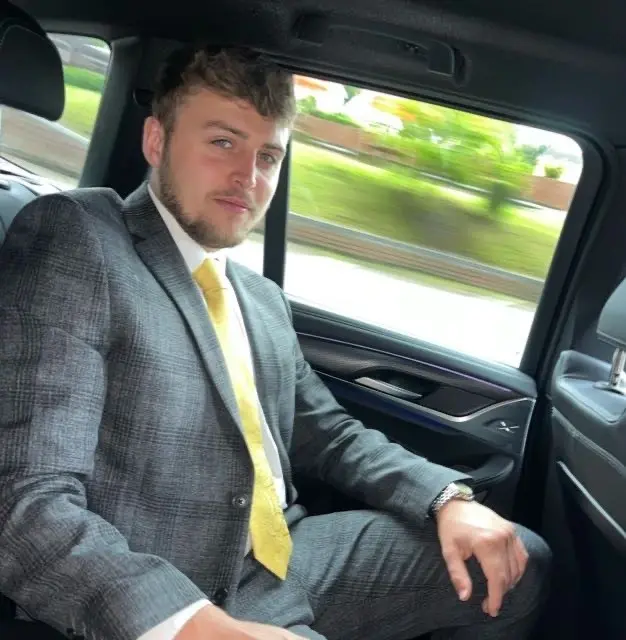With the summer holidays fast approaching, families across the UK will no doubt be searching for weekends away with the kids, or booking last minute staycations by the coast. Despite the convenience of holidaying in the UK however, many may be wondering just how much of that holiday budget will need to go towards the cost of fuel.
As inflation reaches a record high¹, it’s not surprising that Google searches have skyrocketed by more than 5,000% for ‘petrol cost per mile uk 2022’ – which is why we decided to explore just how far your money can take you!
Using Google Maps, we have calculated driving routes from some of the UK’s biggest cities, and created a list of ten ‘£100 road trips’ for motorists to explore the country on four wheels. But that’s not all.
Have you ever wondered how much car travel has changed in the last 30 years?
£100 car journeys in 1992 vs. 2022
Edinburgh – Benidorm (1,625 miles) vs. Edinburgh – Stroud (350 miles)
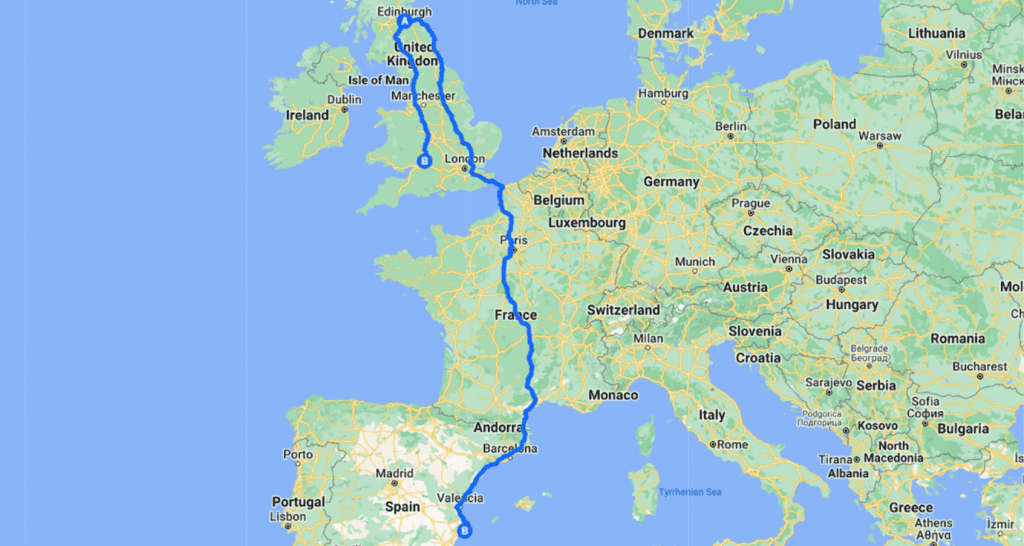
Glasgow – Rome (1,626 miles) vs. Glasgow – Cambridge (350 miles)

Brighton – Corfu (1,565 miles) vs. Brighton – Newcastle (347 miles)

York – Latvia (1,633 miles) vs. York – Plymouth (350 miles)
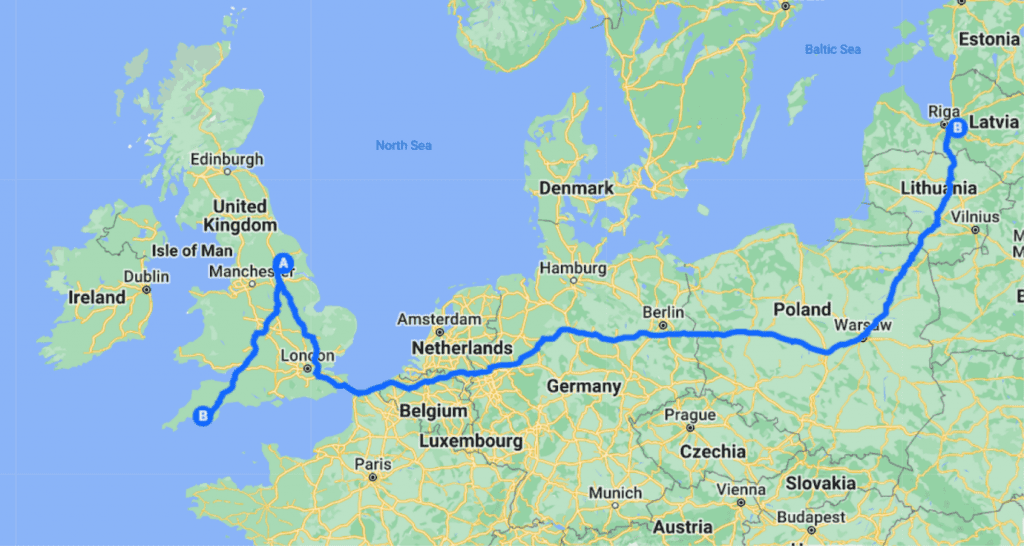
Birmingham – Gibraltar (1,601 miles) vs. Birmingham – Fife (352 miles)
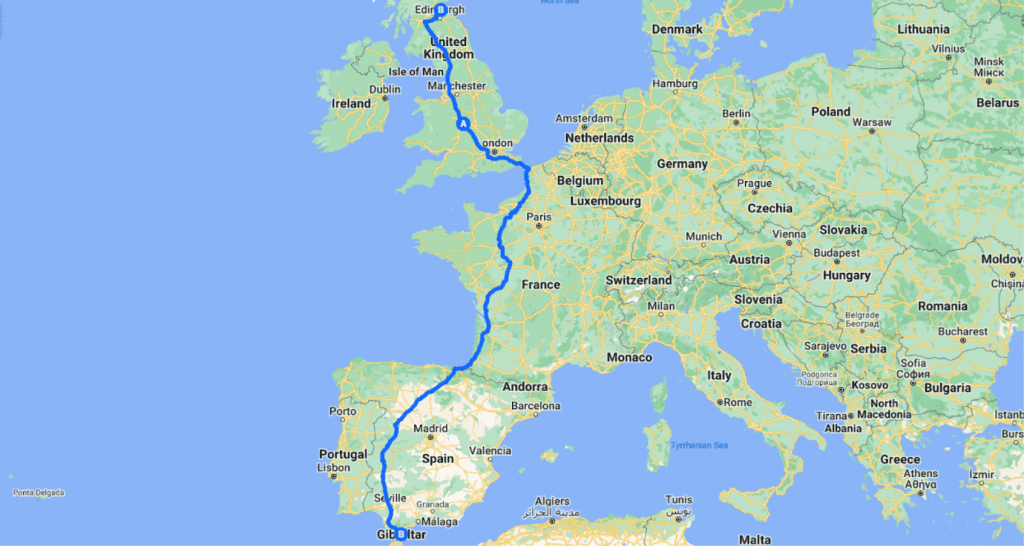
Reading – Bucharest (1,624 miles) vs. Reading – Dumfries & Galloway (350 miles)

Exeter – Montenegro (1,628 miles) vs. Exeter – Carlisle (346 miles)
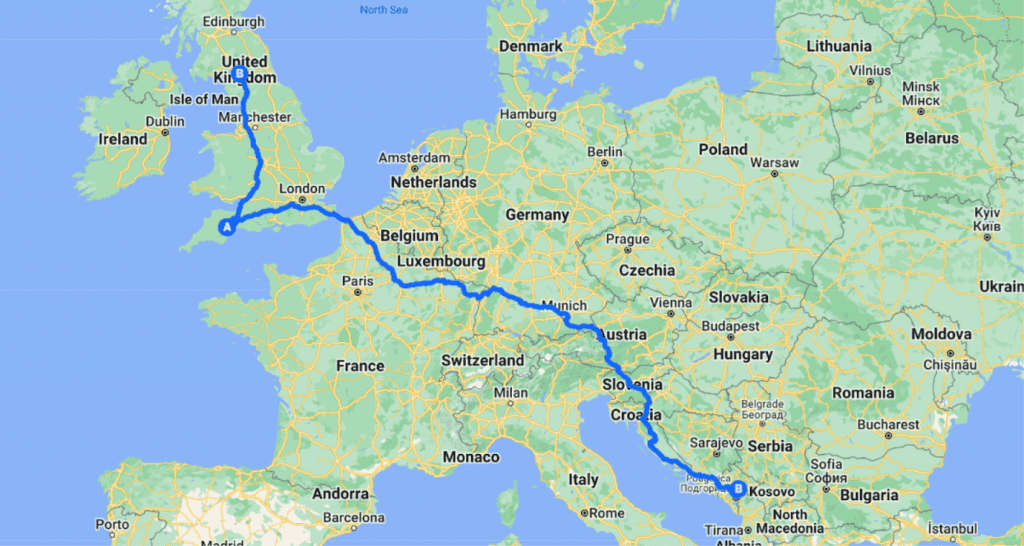
Canterbury – Ukraine (1,578 miles) vs. Canterbury – Blackpool (325 miles)
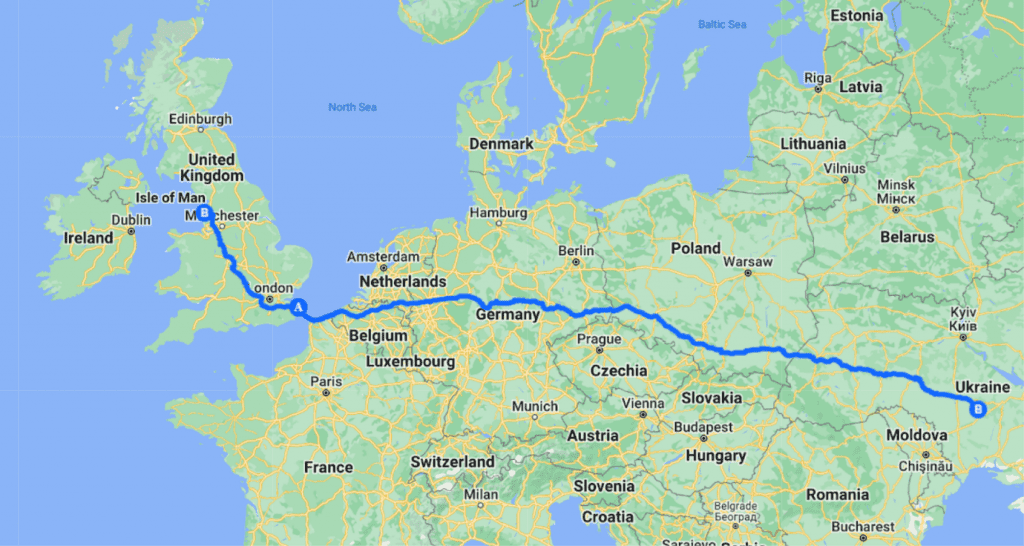
Bristol – Helsinki (1,600 miles) vs. Bristol – Dublin (329 miles)

Leicester – Moldova (1,650 miles)vs./ Leicester – Penzance (347 miles)

To collate this data, our research team took a trip back in time to reveal how much cheaper it was to drive in the early nineties.
We discovered that just 30 years ago, petrol prices stood at around 40p per litre² – a mere fraction of today’s 189p per litre. This whopping 372% price increase means that in 1992, £100 could have bought you 52 gallons (238 litres) of petrol, but now you’d be lucky to get more than 11 gallons (53 litres) for the same price. On average, cars could travel 1,275 miles more on £100 worth of fuel 30 years ago than they could today.
We wanted our findings to represent the average UK driver, so our research team looked at the most recent government vehicle licensing statistics to reveal the most popular car on British roads. Did you know, there are an impressive 1.49 million³ Ford Fiesta’s in Britain? This makes it the most driven car in the UK. With today’s fuel prices in mind, you could expect to see a Ford Fiesta (avg. 30 mpg) travel up to 350 miles for £100 worth of fuel, but 30 years ago, you could have driven almost five times the distance (1650 miles).
Worryingly, a recent poll by The Office for National Statistics revealed that 77% of Brits feel worried about the rising cost of living⁴. With the rising cost of fuel playing a huge part in this, non-essential travel may now seem less desirable. There is already evidence to support this notion; when comparing pre-pandemic rates of traffic (2019) with last year, the average monthly congestion levels decreased in 21 out of 25 of the UK’s largest cities, demonstrating a trend in the reduction of travel.
So, what does the future hold for motorists?
Further fuel conservation? Most definitely. An increase in the sale of electric vehicles? Potentially. While we don’t have the luxury of a crystal ball, what we can say is that more must be done to support drivers who are tackling spiralling costs and uncertain times.
Nicholas Zapolski, Founder of ChooseMyCar, said:
“At ChooseMyCar we believe that money should never get in the way of driving, whether that’s being able to purchase a car, or simply affording the petrol to run it. With the cost of living continuously on the rise, our research confirms that the expense of running a car is going to be another financial strain for many of us across the country.
“For families who are looking to switch to a more fuel-efficient car, we advise prioritising certain car specs such as the tank capacity, average MPG, and the cost of fuel per mile. Brands such as Renault, Toyota, and Hyundai are great producers of budget-friendly cars that are not only family favourites, but are also great for their mileage and are low cost to run.”
Click here for more information and top tips on saving fuel.
References:
¹https://www.theguardian.com/business/2022/jul/20/uk-inflation-rise-petrol-diesel-prices





